How to Set Up an Aquarium
Having an aquarium in your living space has many benefits. It can improve sleep quality, reduce stress, lower blood pressure and heart rate, and many other things. It is important to choose the right size and shape of an aquarium to ensure that your fish will be happy and healthy.
5-Minute Crafts has created a step-by-step guide that will help you set up a goldfish aquarium.
Note: This article is focused on setting up a goldfish aquarium since they are the most popular aquarium fish and the following tips may not work for different fish species.
1. Choosing the right size and shape
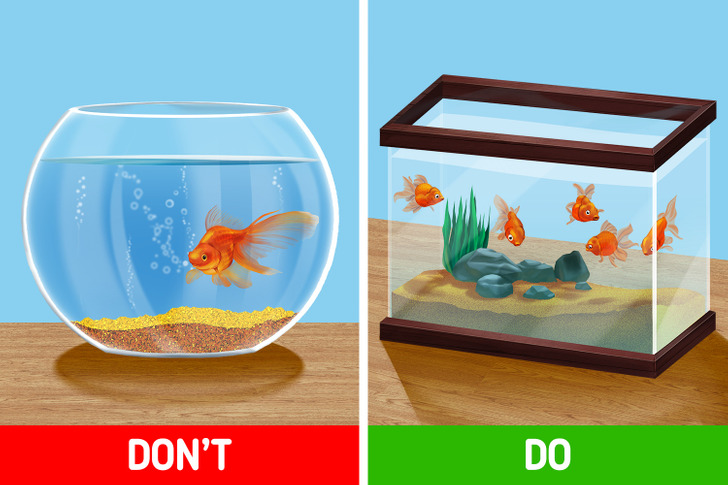
When you look at the goldfish in a pet store, they are 1-2 inches long, but they get pretty big over time. Choosing the right size aquarium is really important. The minimum size for a single goldfish is 30 gallons and for every additional fish, add 12 gallons. For example, if you want to keep 3 goldfish, you will need a 54-gallon aquarium. The aquarium should be rectangular because it has more surface area for gas exchange. Goldfish should not be kept in a bowl because bowls are too small and hard to filter.
2. Choosing the right filtration
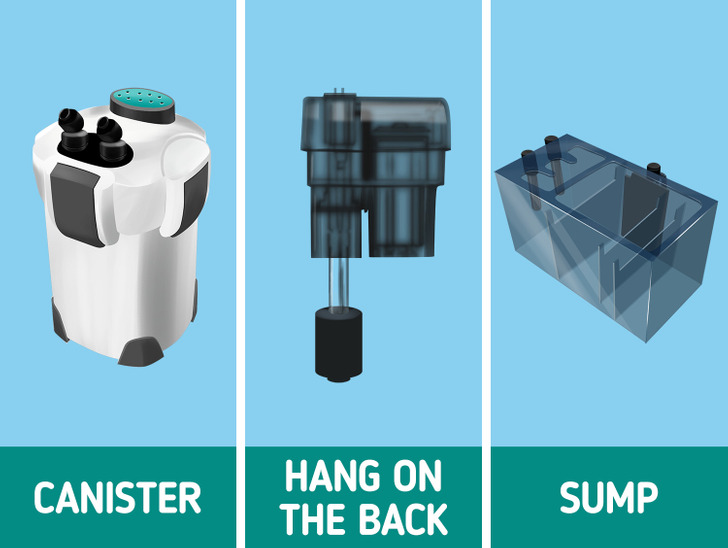
Goldfish produce a lot of waste, so having the right size filtration is key. The filter should be chosen according to your aquarium size. It should have at least a 4-time turnover in an hour. For example, a filter that has a 200-gallon flow rate is good for an aquarium up to 50 gallons.
There are many types of filters on the market, but you should choose a filter that has 3-stages: mechanical, biological, and chemical. Mechanical is trapping free-floating particulars from the water, biological is breaking down ammonia and nitrite and turning them into less harmful nitrate, and chemical is filtering of things that will change the chemical compounds of the water.
Here are some of the best filters for a goldfish aquarium:
- The canister filter is an external filter that usually sits under the aquarium, it’s easy to install and maintain when sized properly. It is one of the best products out there, and you can fit a lot of filter media in it.
- Hang on the back filter is probably the most common filter you’ll find. It is easy to maintain, and it sits on the back glass of the aquarium. This filter is a good option for beginners.
- A sump filter is the best option for a big aquarium with a water volume of more than 100 gallons. It is made of glass or acrylic, and it has baffles in it. The water enters from one side, flows through all sorts of media, and is pumped back into the aquarium by a pump. Another benefit of a sump is it adds more water volume to the aquarium.
3. Substrate
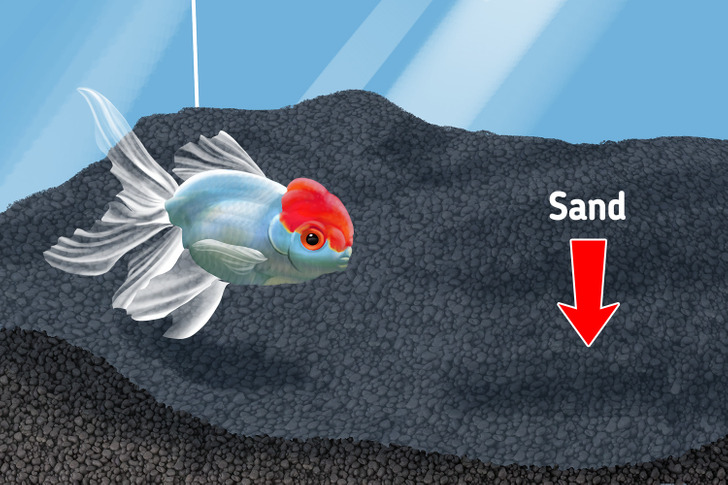
Choosing the right type of substrate is important because goldfish spend a lot of their time digging in it and searching for food. Because of that, you should not use gravel that can easily lodge in the goldfish’s mouth. Fine sand is best.
4. Temperature
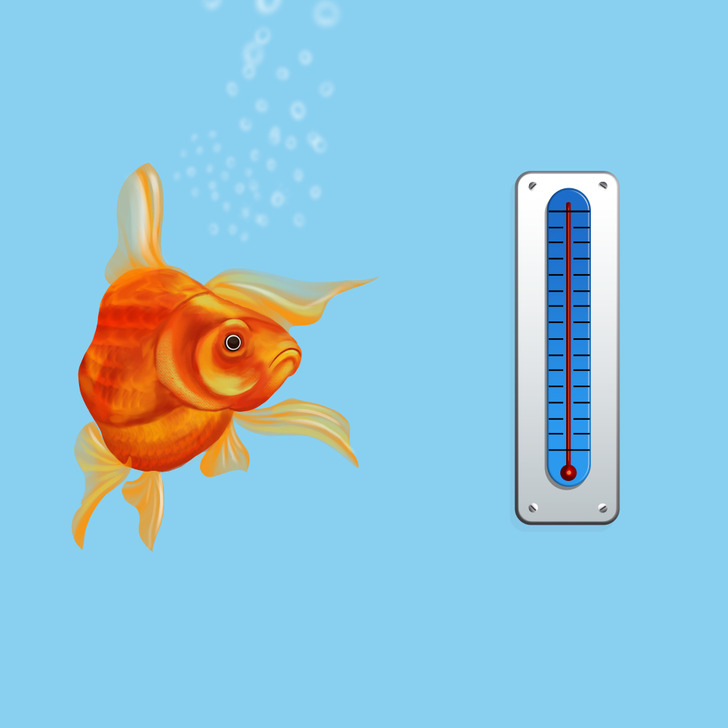
Goldfish are cold-water fish. These species thrive at 68-74˚F, so if the room in which you keep the aquarium has a stable temperature in that range, you won’t need a heater. On the other hand, if your room gets too cold at night you will need to have one.
5. Plants
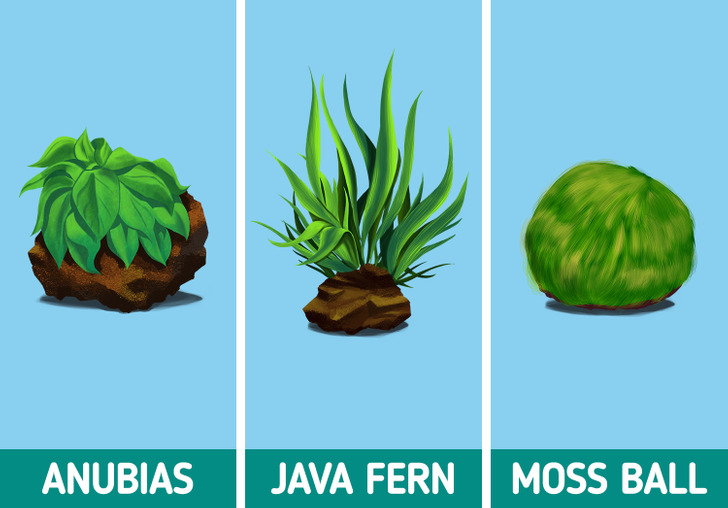
Adding plants to a goldfish aquarium looks good, and plants will help with water quality. The plants absorb nitrite and ammonia, which are harmful to fish. Goldfish are omnivores and they will eat most of the plants that you will add to the aquarium. Some plant species can be better for the goldfish aquarium than others.
- Anubias is a hardy aquarium plant that will do good in a goldfish aquarium. It has hard leaves that goldfish can’t munch on.
- Java fern is also a hardy plant that will do just fine with goldfish because it has a bitter taste, and goldfish won’t eat it.
- Marimo moss balls are round-shaped plants and are perfect for a goldfish aquarium because they like cold water and goldfish will not eat them.
6. Lighting

If you choose to have plants in the aquarium, having a proper source of light is important for both the plants to grow and the fish to thrive. It will also help you avoid algae from appearing. This is important because some algae may release toxins in the water and when blooming they can deplete the oxygen in the water.
You can get a light from a fish store. The light should have a spectrum for planted aquariums. If you chose a different spectrum, say, for a saltwater reef aquarium, the plants won’t grow properly. It should be put on a timer to simulate night and day.
7. Aquascaping
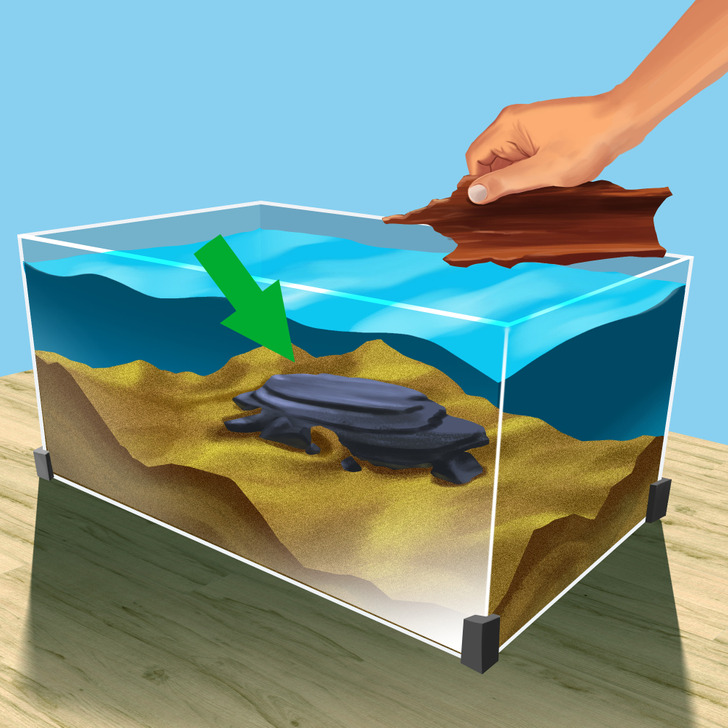
Plan your aquascape in advance and start gathering all the materials that you will need, like sand, rock, wood, and plants. Start with adding the sand. Then, to start building shapes from the rocks and the wood, you should aim to create the most natural-looking escape, to make your fish feel like they are in their natural habitat. When you are done, add the plants to the aquarium and fill it with water.
8. Cycling your aquarium
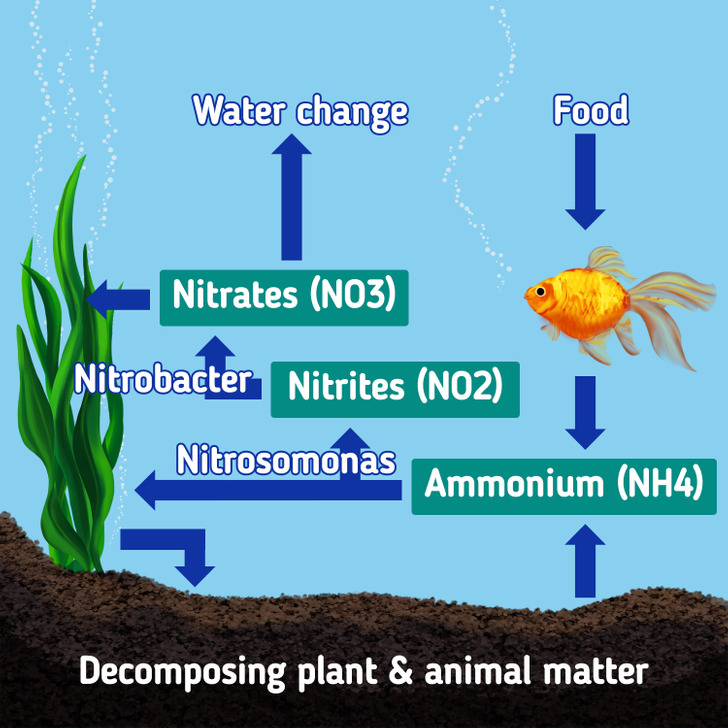
This step is key to making the aquarium habitable for your fish. Cycling is the process of establishing bacteria like Nitrobacter and Nitrosomonas. They will convert harmful waste ammonia and nitrite that comes from decomposing plant, animal, and fish food to less harmful nitrates. Also, ammonia, nitrites, and nitrate can be consumed by the plants or removed by doing water changes. The cycling process can take weeks, but there are faster ways to do it. For example, you can take old filter media from an established aquarium and place it in your new filter. Alternatively, you can get cultured bacteria from a fish store.
When you are doing fishless cycling, you should add a source of ammonia like fish food or liquid ammonia because beneficial bacteria feed on it and need it in order to reproduce and populate. Test the water regularly. When your test shows there is no ammonia and nitrite, that means the filter is cycled and you can start adding fish. But don’t add them all at once. Add them slowly over time because if you do it all at once, it will cause an ammonia spike.
9. Goldfish selection

Once you have cycled your aquarium and it’s ready to host your fish, it’s time to choose one. Start with an easy-to-maintain goldfish. Always be careful of your choice, as some species cannot be housed in the same aquarium. For example, you shouldn’t put a fantail goldfish with a comet, Sarasa, or shubunkin goldfish. Fantail goldfish are slow, and they will be out-competed for food.
Here are some types of goldfish that can be kept together:
- Comet goldfish have long bodies and come in a variety of different colors like orange, white, yellow, and black. They are easy to keep.
- Sarasa goldfish are very similar to comets but have a more slender body and come in white, orange, and red colors.
- Shubunkin goldfish have long bodies with dark spots and long fins. They are red, yellow, orange, and white in color
10. Diet
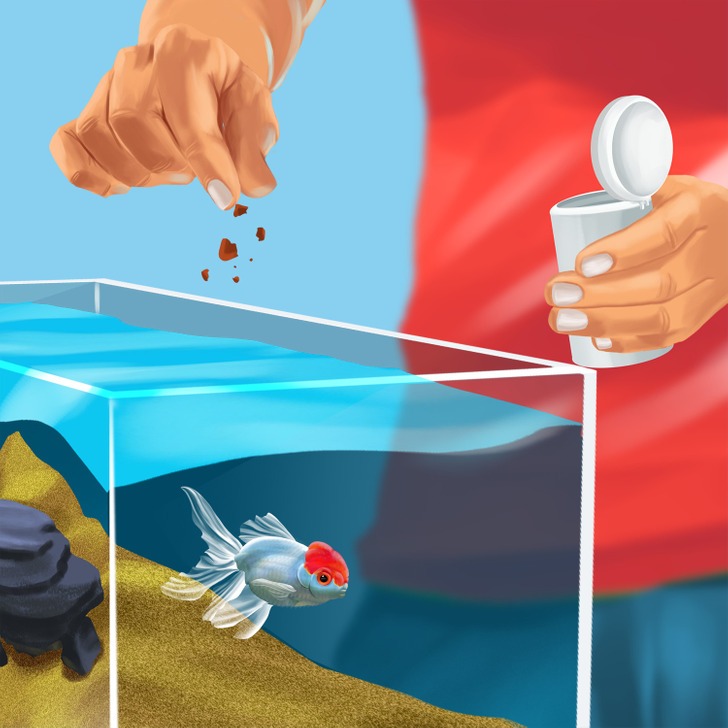
Goldfish are omnivore fish, and they will eat anything. You should feed them a variety of fish food like flakes, granulated food, or boiled scalded green peas. Make sure to not overfeed them because they can pollute the water. Feed them the amount of food that they can consume in 2 minutes 2-3 times a day. Remember to do water changes every week to keep their water clean.